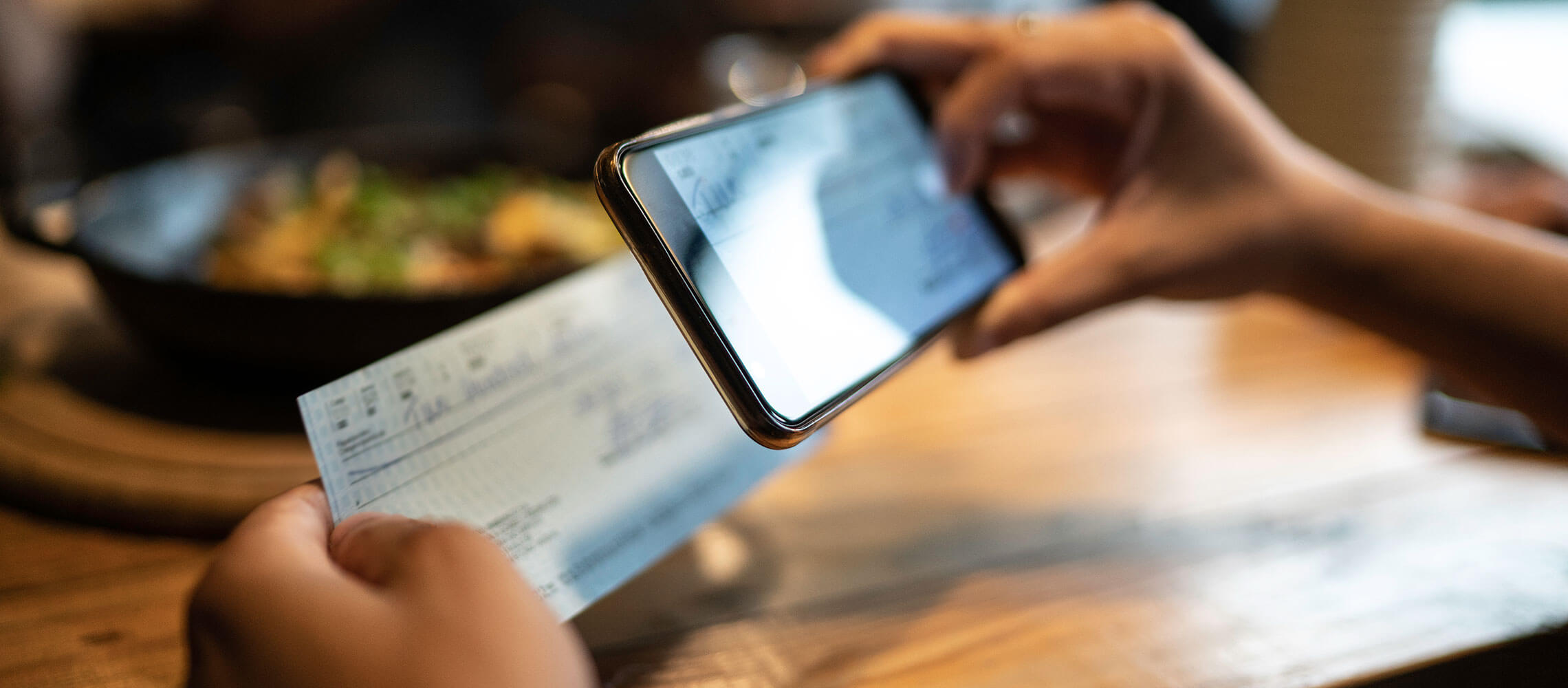Five Essential Tips for Getting and Using a Checking Account
Reading time: 5 Minutes
October 14th, 2025
A checking account is a foundational financial tool that helps you manage your money efficiently. Whether you're opening your first account or looking to optimize your current one, understanding how to use it effectively can lead to better financial health. Here are five essential tips to help you get the most out of your checking account.
1. Understand the Basics of a Checking Account
A checking account, also known as a transactional account, allows you to deposit and withdraw money easily. You can write checks, use a debit card, pay bills online, and set up direct deposits. Think of it as a hub for your daily financial activities.
2. Compare Checking Accounts with Other Financial Tools
Knowing the differences between checking accounts, savings accounts, credit cards, and prepaid cards helps you choose the right tool for each financial need. Savings accounts earn interest and are ideal for long-term storage, while credit cards offer borrowing power with potential interest charges. Prepaid cards offer convenience but often come with fees.
3. Monitor Your Account Regularly
Regularly checking your account helps you avoid overdraft fees, detect fraud early, and stay on top of your spending. Use mobile banking apps and alerts to keep track of your balance and transactions.
4. Take Advantage of Account Features
Many checking accounts offer features like mobile deposits, budgeting tools, and rewards. Explore your bank’s offerings to maximize the benefits of your account.
5. Choose the Right Bank for Your Needs
Look for a bank that offers convenient locations, excellent customer service, and digital tools. Consider promotional offers, such as cash bonuses for opening a new account, to get started on the right foot.
An emergency fund is a critical part of financial planning. It provides a safety net for unexpected expenses such as medical bills, car repairs, or job loss. Your checking account can serve as a temporary home for your emergency savings, but consider transferring these funds to a high-yield savings account for better interest earnings. Look for accounts with low fees and easy access to ensure your emergency fund is both secure and available when needed.
Conclusion
A well-managed checking account is key to financial success. By understanding its features and using it wisely, you can simplify your finances and achieve your financial goals. Ready to open a checking account? Explore your options and take control of your financial future today.
You're about to exit BOH.com
Links to other sites are provided as a service to you by Bank of Hawaii. These other sites are neither owned nor maintained by Bank of Hawaii. Bank of Hawaii shall not be responsible for the content and/or accuracy of any information contained in these other sites or for the personal or credit card information you provide to these sites.





